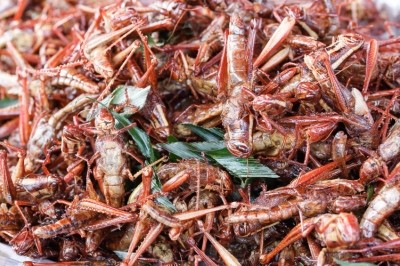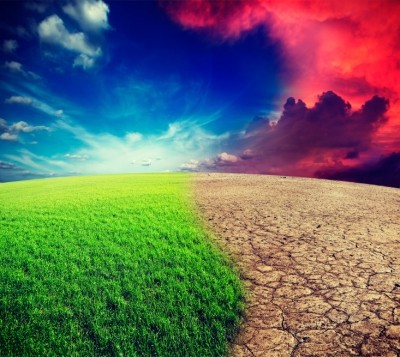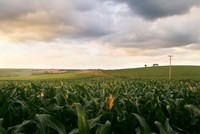Report released for COP21 conference in Paris
'The US is going to be increasingly important for global food security' - climate change report looks at risks for agricultural producers, feed and food supply
![[pic: (c) istock.com]](/var/wrbm_gb_food_pharma/storage/images/_aliases/wrbm_large/3/8/5/5/1835583-1-eng-GB/The-US-is-going-to-be-increasingly-important-for-global-food-security-climate-change-report-looks-at-risks-for-agricultural-producers-feed-and.jpg)
The US Department of Agriculture (USDA) publication, Climate Change, Global Food Security and the US Food System, which was published last week during the COP21 Paris climate conference, identified the risks that climate change poses to global food security and the challenges facing farmers and consumers in adapting to changing conditions.
The USDA led the production of the report on behalf of 13 federal agencies involved in the US Global Change Research Program.
“Climate change also affects livestock indirectly through changes in the incidence of disease and pests, pasture and forage crop quality and quantity, and feed-grain production,” said the authors.
The risks are greatest for the global poor and in tropical regions, they noted.
However, there are many opportunities to strengthen agricultural economies and bring more advanced methods of crop production to low-yielding agricultural regions, according to the report.
Likely US impact
In the US, there likely won’t be a uniform effect, said Bill Hohenstein, director of the climate change program office at USDA.
Temperatures may alter more for the northern part of the US, he said. However, there are concerns also about what farmers could face in some southern regions.
“In the US, [crops in] the southern tier, the southeast, southwest and southern plains are closer to their physical limit,” he told FeedNavigator.
Those areas could see temperatures increase and lower precipitation, especially in the southwest, he added. The southeast also might see a hike in drought conditions.
The northern part of the country could experience some longer growing seasons, along with stronger weather events, he said. But more water will be available for feed and crop growth, and there could be some boost to production.
Looking longer term, there could be a decrease in predictability as the rate of change accelerates, said Hohenstein
“Farmers are doing a good job of adapting to what they see on the ground,” he said. “Farmers are used to dealing with change – but changes in pests, changes in growing season and drought are all things we’re concerned about.”
However, the US does have some advantages in mitigating the climate change challenge, he said.
The farming systems are technologically advanced and producers have access to multiple kinds of seeds or cultivars that have been adapted to different stress conditions.
Globally, farmers don’t all have the same access to those technologies, he said. “The US is going to be increasingly important for global food security,” he added.
April this year saw US agriculture secretary, Tom Vilsack, announce USDA's 10 Building Blocks for Climate Smart Agriculture, a set of voluntary programs and initiatives aiming to reduce net emissions and enhance carbon sequestration by over 120 million metric tons of CO2 equivalent by 2025 - about 2% of economy-wide emissions.
The ten ‘building blocks’ span a range of technologies and practices to reduce greenhouse gas emissions, increase carbon storage, and generate clean renewable energy.













